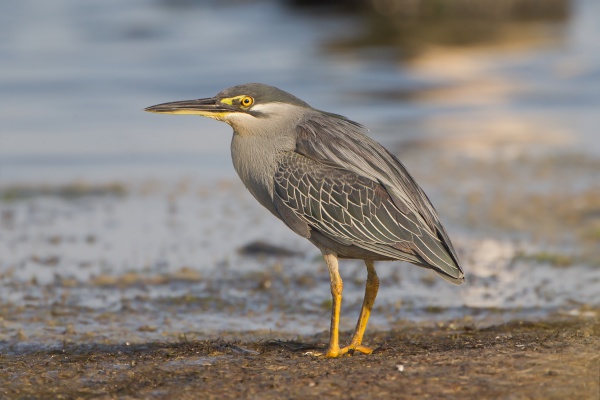Facts About Striated heron
The striated heron, also referred to as the mangrove heron, little heron, or green-backed heron, is a small bird, approximately 44 cm in height. These herons inhabit small wetlands across the Old World tropics, spanning from West Africa to Japan and Australia, and are also present in South America. Although they typically remain within their habitats, they occasionally appear on distant oceanic islands as vagrants. They were once considered the same species as the green heron and lava heron but are now recognized as distinct.
Adult striated herons are readily identifiable by their blue-grey back and wings, white underparts, and distinctive black cap. They also have short yellow legs. When hunting, these herons employ a unique technique: standing motionless at the water's edge to ambush prey. Their diet consists of small fish, frogs, and aquatic insects. Fascinatingly, they sometimes use bait, such as feathers or leaves, to entice fish closer.
During nesting, striated herons build with sticks and typically lay between 2 to 5 pale blue eggs. An intriguing behavior observed in these herons is their rapid back-and-forth movement with a stick in their bill while on the nest, although the purpose of this action remains unclear. Juvenile herons exhibit a distinctive defensive behavior by stretching their necks and pointing their bills skyward when feeling threatened.
The striated heron is not considered at risk, classified as a species of least concern by the IUCN, owing to its widespread distribution and generally common presence. These birds are found in various locations, including Bolivia, and are noted for their captivating behaviors and ingenious hunting methods.

 Sri Lanka
Sri Lanka